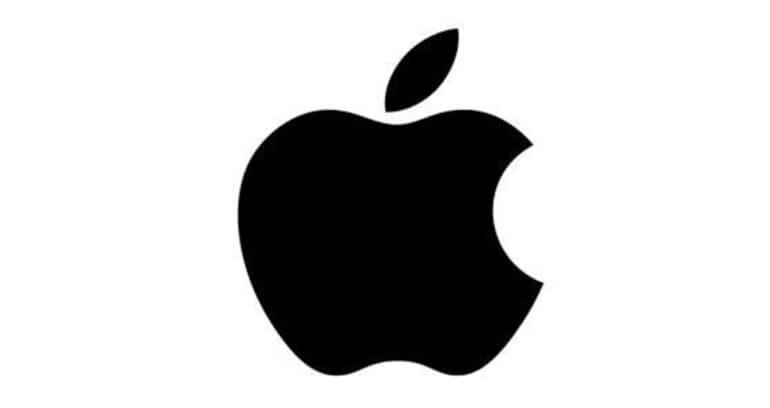REPORT: Webscale Playbook: Apple
- Publisher : MTN Consulting
- Publish Date : March 9, 2020

Apple has come far since its inception in 1976. It has progressed from selling user-friendly computer systems (Macintosh, iMac) and portable media players (iPod), to become a dominant force in mobile devices, starting with the launch of iPhone in 2007. In August 2018 it became the first-ever public company to breach the US$1 trillion mark by market capitalization. In fact it is the ‘iPhone’, touted as the pioneer of the smartphone revolution, that has significantly helped Apple in its journey to trillion-dollar valuation. The popular device, which dethroned the likes of Nokia and Blackberry back then, continues to be Apple’s bread and butter, and accounts for more than half of its overall revenues (54.7% in FY2019).
In addition, Apple launched a slew of services over the years that complements iPhone and other devices in its portfolio. These include iCloud, Apple Music, App Store, and most recently Apple TV+ and Apple Arcade. The move has enabled Apple to create its own strong ecosystem comprising hardware, software, and content – locking its users across ~1.5B active iOS devices into buying/upgrading to an Apple device again. But with the iPhone story showing cracks in the recent past, Apple is turning to its services unit as the next growth pocket – the growth-driving unit doubled its contribution to Apple’s total topline since 2015 from 9% to 18% in 2019.
There is also a possibility for Apple to enter the ‘public cloud’ market, as evidenced by past data center expansion and upcoming plans, along with its ongoing efforts in cloud infrastructure self-sufficiency under project “McQueen” that seeks to reduce reliance on other cloud providers such as Amazon and Google. With ‘services’ growing in clout as a segment coupled with a growing focus on cloud and edge computing, Apple’s network infrastructure requirements will rise again. However, macro risks such as the US-China trade clash and recent pandemic outbreak in China constrain Apple’s supply chain, impacting capex investments further for the next few quarters.
Below are a few highlights from the report:
-
Apple’s R&D spending has soared mainly due to headcount addition from the acquisition of Intel’s smartphone modem business mid last year, accompanied by the surge in content costs with Apple TV+ launch late last year
-
Privacy and security remain critical for Apple as it looks to enhance connectivity by developing edge-based AI capabilities and wireless data transmission through satellite technology
-
Apple’s supply chain is under immense pressure with the recent virus outbreak in China, exposing its vulnerability and over-dependence on the Chinese market – prompting to explore new manufacturing hub sites
Contents
Abstract
Operational Scale
Latest Earnings Results (4Q19) – Key Takeaways
Revenues
Capex and R&D – Spend Analysis
Key Tech-Related Spending Avenues
Apple’s Key Technology Relationships* in Networks (1/2)
Apple’s Key Technology Relationships* in Networks (2/2)
Vendor Market Analysis
Data Center Footprint
Network Strategy
List of charts/tables
Apple Revenues: 3Q18 – 4Q19
YoY Growth Rate (CAPEX vs. OPEX): 3Q18 – 4Q19
Profitability Margins: 3Q18 – 4Q19
Revenues & YoY Growth
FY2019 Business Revenue Split (MTN Consulting estimates*)
Annualized Capex and R&D, % Revenues
Apple’s annualized share of WNO network & IT capex (MTN Consulting estimates)
Top vendors, all years: Apple
Contracts by product, Apple: all year (83)
